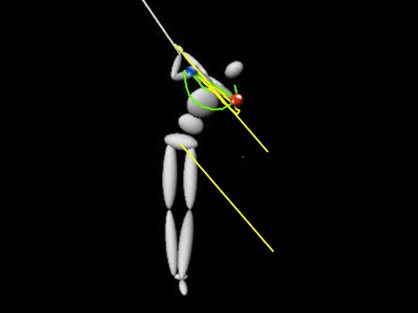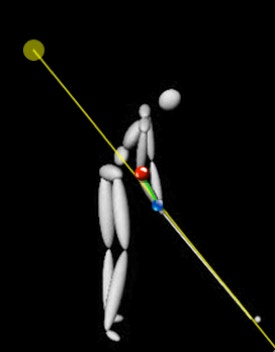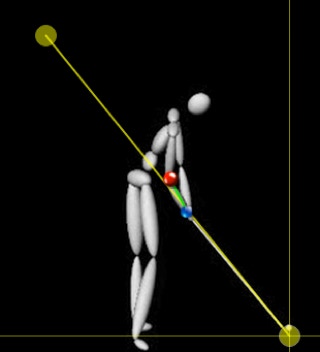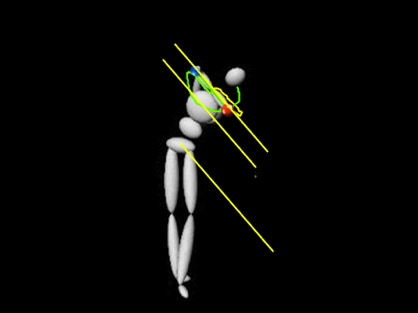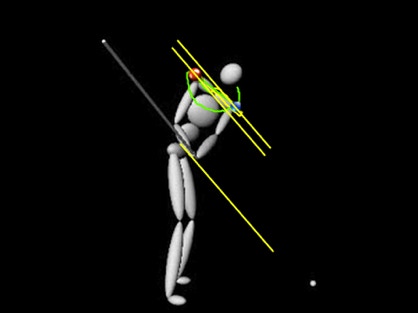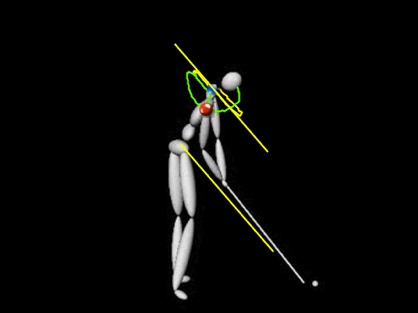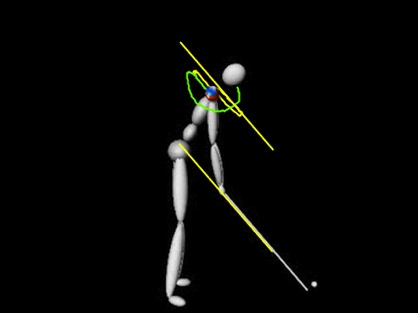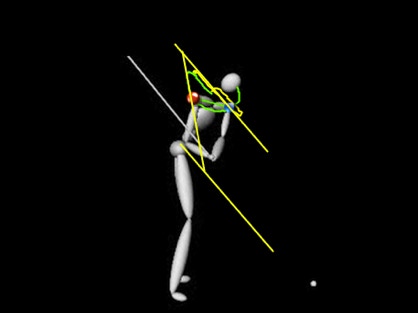Lorem ipsum dolor sit amet, consectetur adipiscing elit. Aliquam tincidunt lorem enim, eget fringilla turpis congue vitae. Phasellus aliquam nisi ut lorem vestibulum eleifend. Nulla ut arcu non nisi congue venenatis vitae ut ante. Nam iaculis sem nec ultrices dapibus. Phasellus eu ultrices turpis. Vivamus non mollis lacus, non ullamcorper nisl. Pellentesque habitant morbi tristique senectus et netus et malesuada fames ac turpis egestas. Phasellus sit amet scelerisque ipsum. Morbi nulla dolor, adipiscing non convallis rhoncus, ornare
Looking at the clubshaft can give a clue to the precise angle that the Left and Right Shoulder should move in the backswing. The Left Shoulder moves in the backswing and the forward swing at the same incline. It is essential to appreciate that the Left Shoulder is also nearly two inches closer to the body in the forward swing while at the same angle. Mr. Hogan called the downswing the "crossroads." Crossroads is a point at which a crucial decision could have far-reaching consequences. The start of the downswing is the spot many golfers take the wrong Right Shoulder direction—the most common is to stay on that seductive, seemingly logical path of the backswing that it took on the back. After all, The Left Shoulder repeats at the same angle in both directions; why not the Right Shoulder? In the downswing, the Right Shoulder needs to begin the task of lowering the Clubshaft, Hands, and Right Forearm to the angle of the clubshaft for Impact. The Right Forearm provides the most support if it is directly behind the shaft for Impact.


